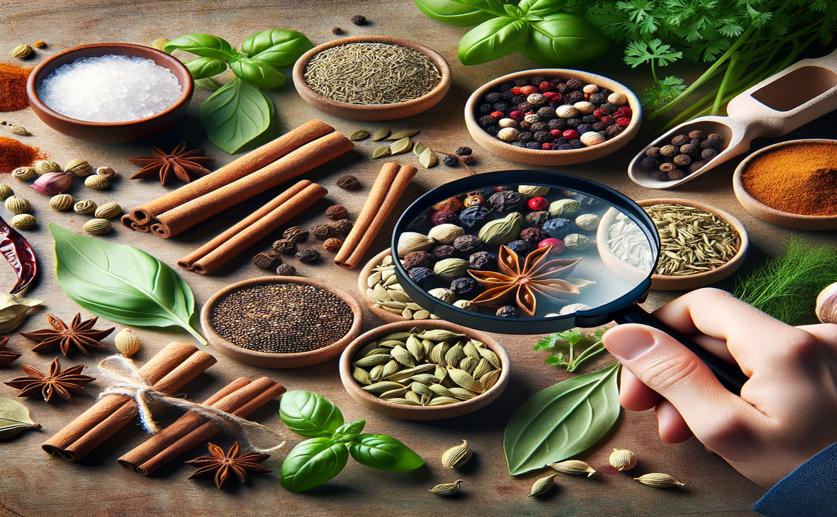
Checking for Fungi and Toxins in Common Culinary Herbs and Spices
Jim Crocker
14th June, 2024

Image Source: Natural Science News, 2024
Key Findings
- The study in Nairobi County, Kenya, found high levels of fungal contamination in spices and herbs sold in open-air markets and supermarkets
- Aspergillus and Penicillium species, known for producing harmful mycotoxins, were frequently found in the samples
- Many samples had ochratoxin A (OTA) levels above safe limits, posing significant health risks like liver and kidney damage
References
Main Study
1) Screening of mycoflora and ochratoxin A on common culinary herbs and spices in Kenya.
Published 13th June, 2024
https://doi.org/10.1080/19440049.2024.2367212
Related Studies
2) Overview of Fungi and Mycotoxin Contamination in Capsicum Pepper and in Its Derivatives.
3) Analysis of Multi-Mycotoxins in Commonly Consumed Spices Using the LC-MS/MS Method for Assessing Food Safety Risks.
4) Cytotoxic Effects of Ochratoxin A in Neuro-2a Cells: Role of Oxidative Stress Evidenced by N-acetylcysteine.



 1st March, 2024 | Jenn Hoskins
1st March, 2024 | Jenn Hoskins